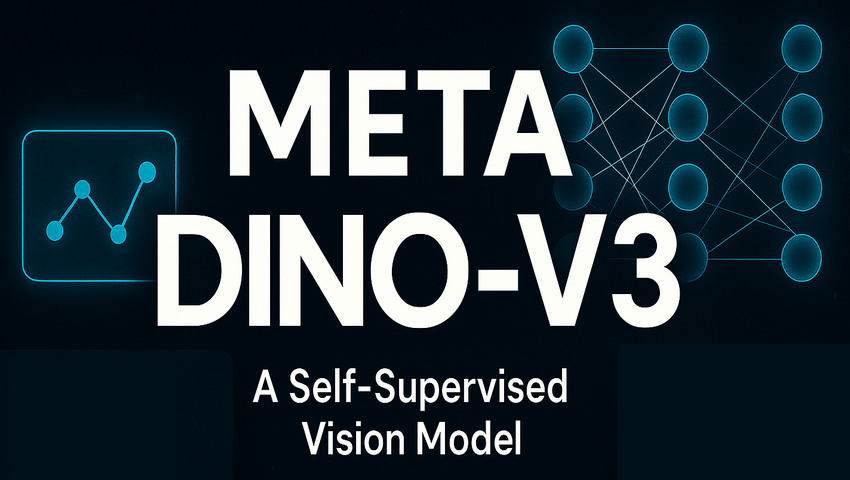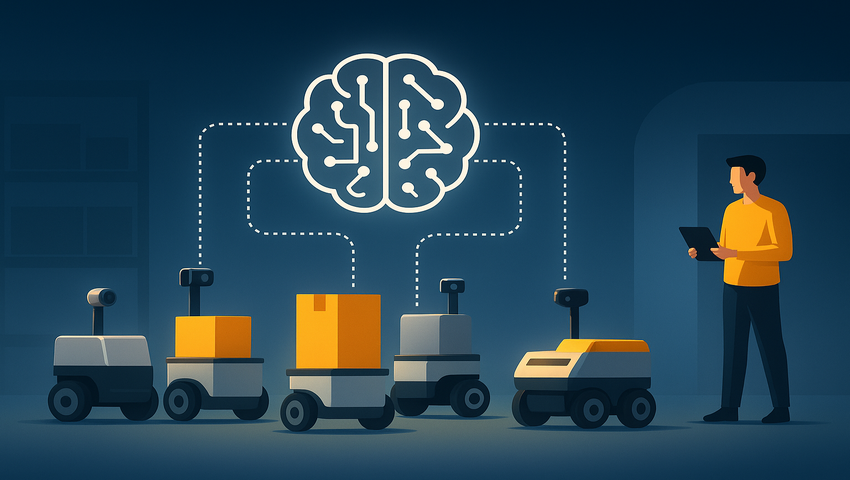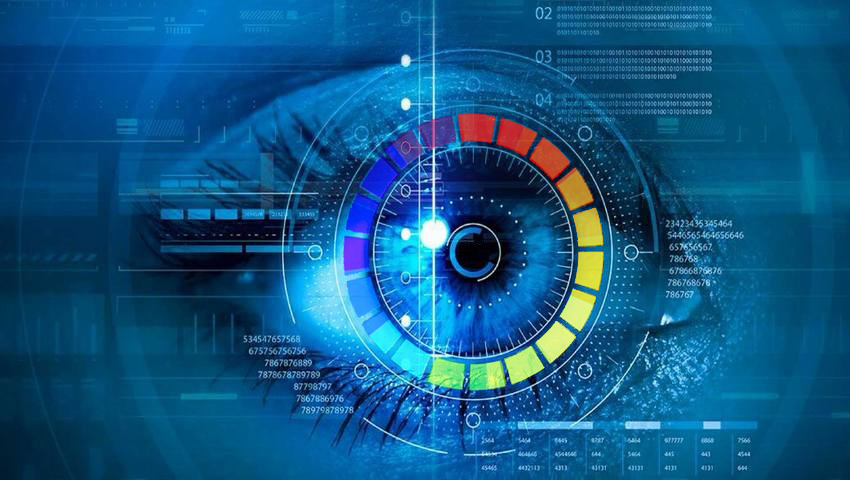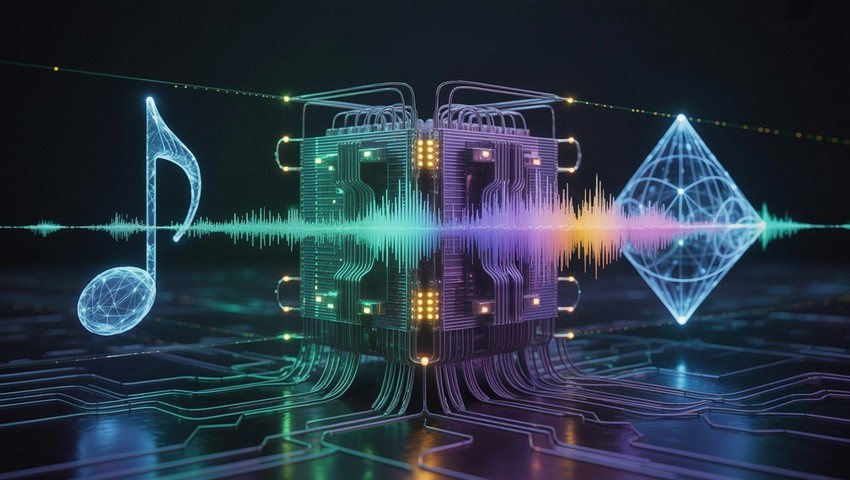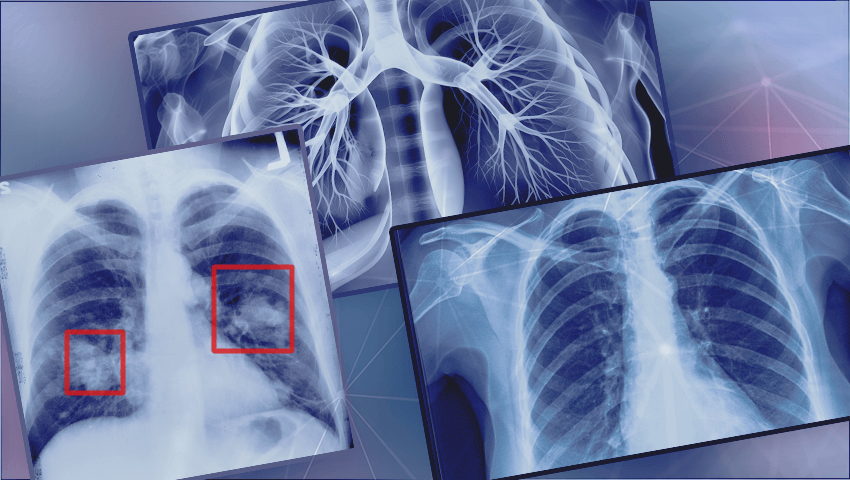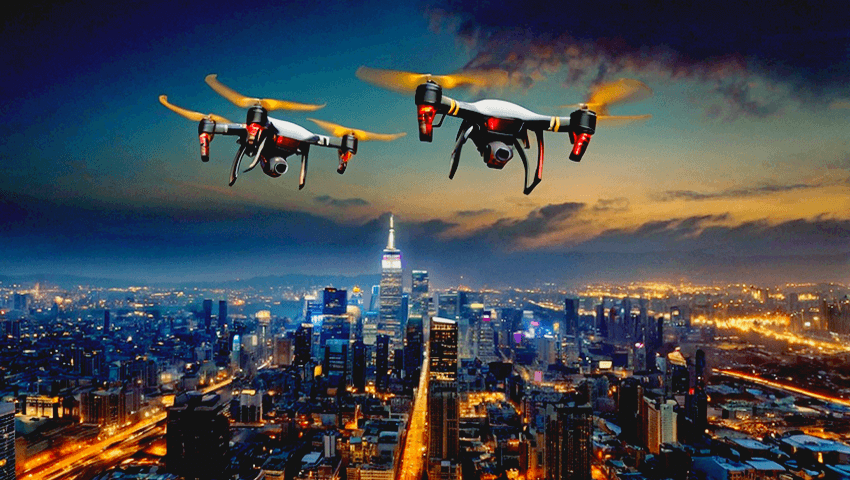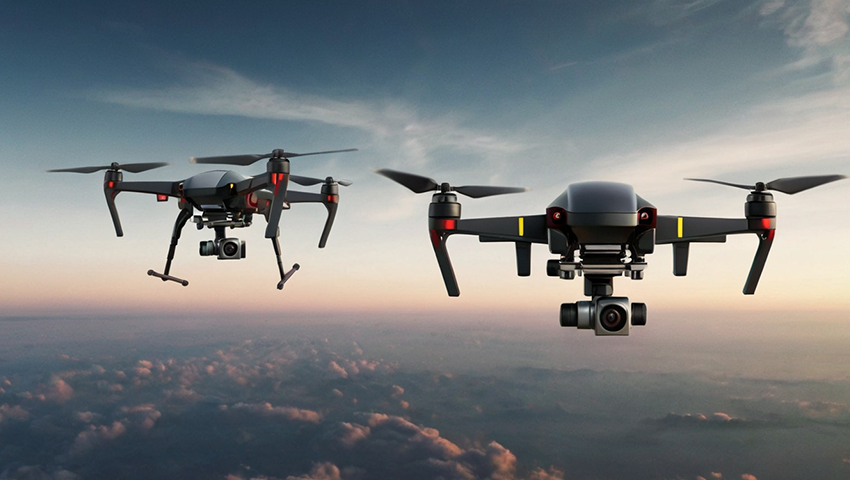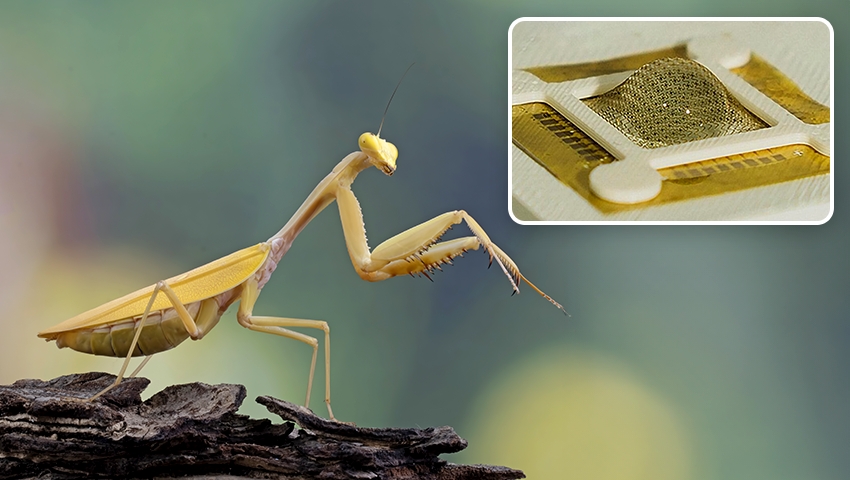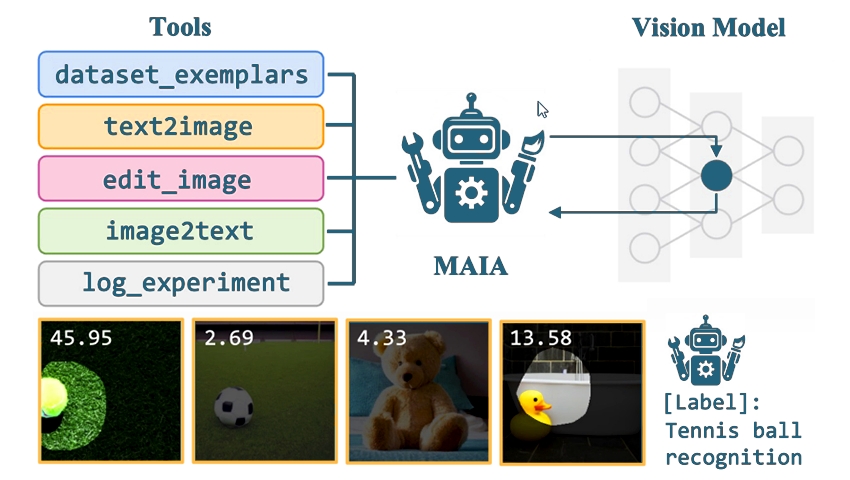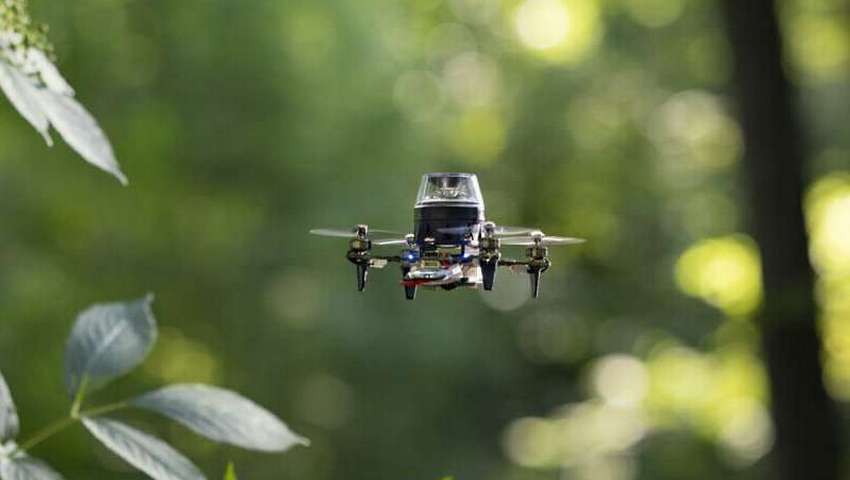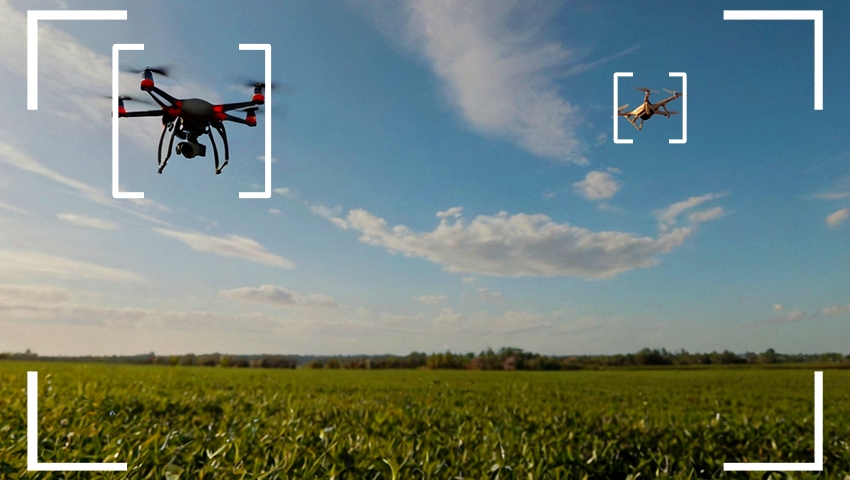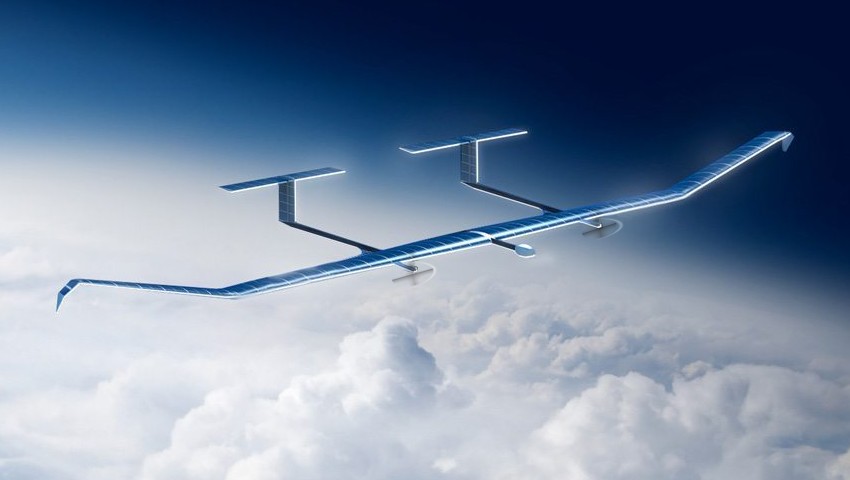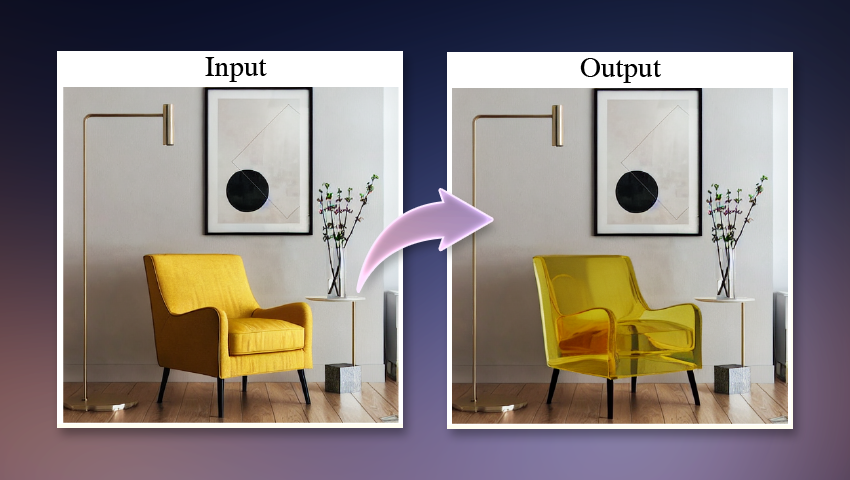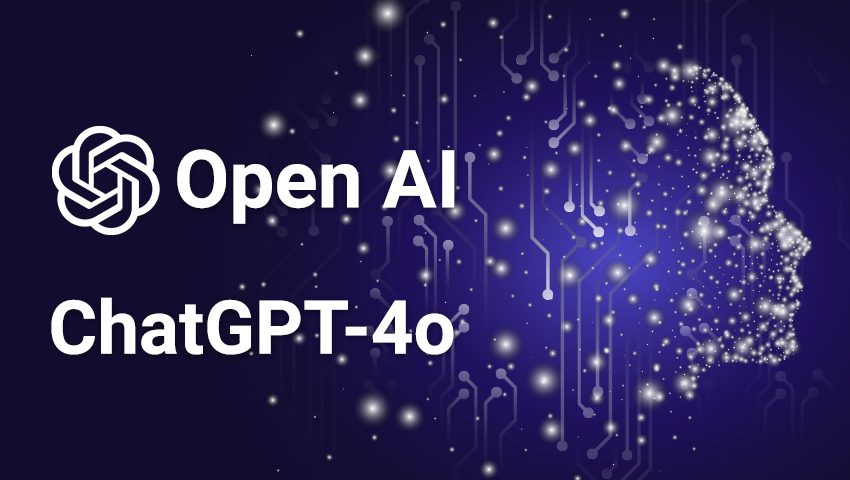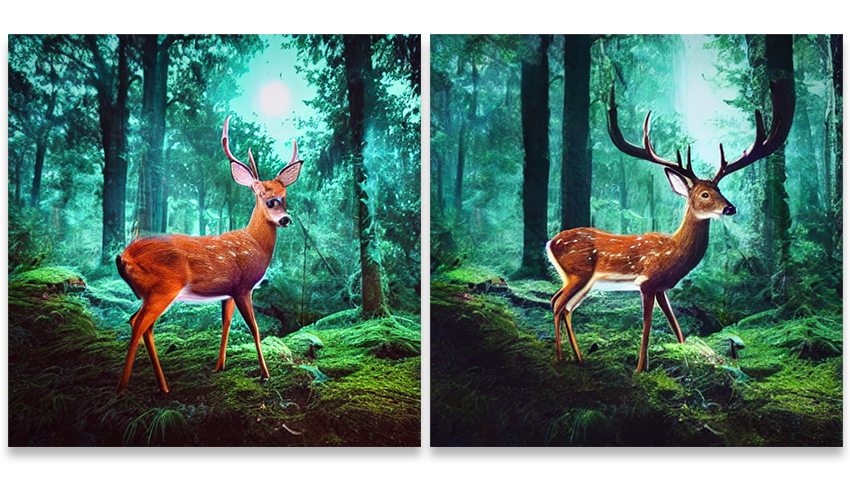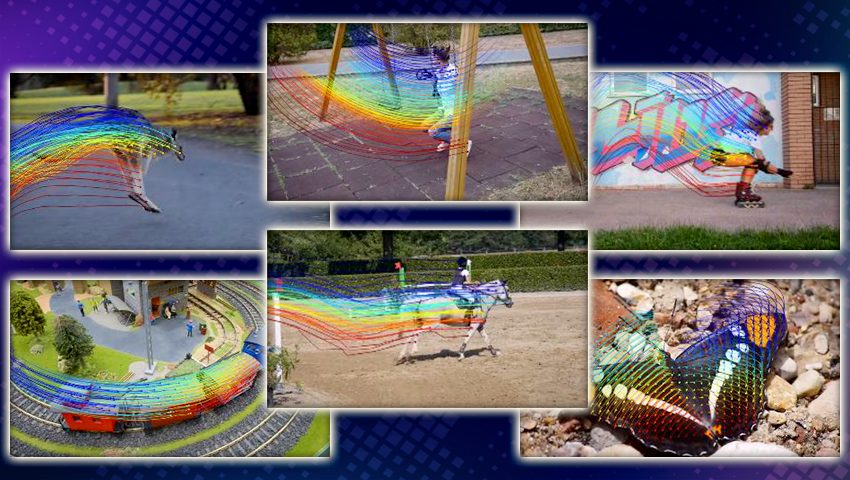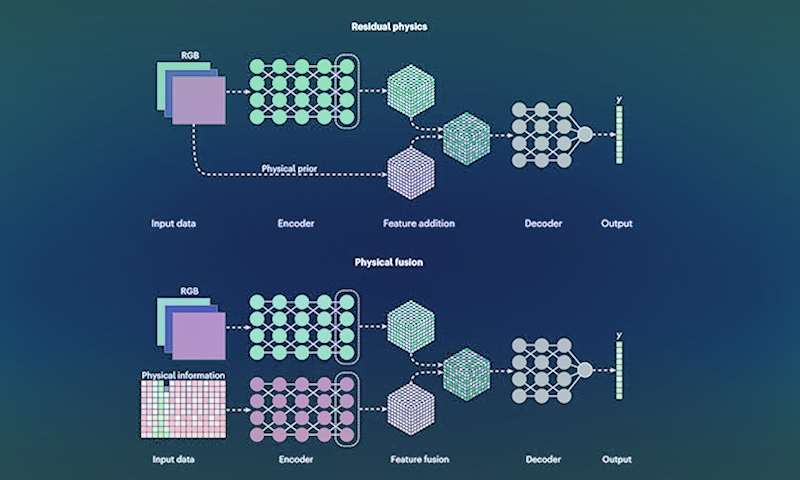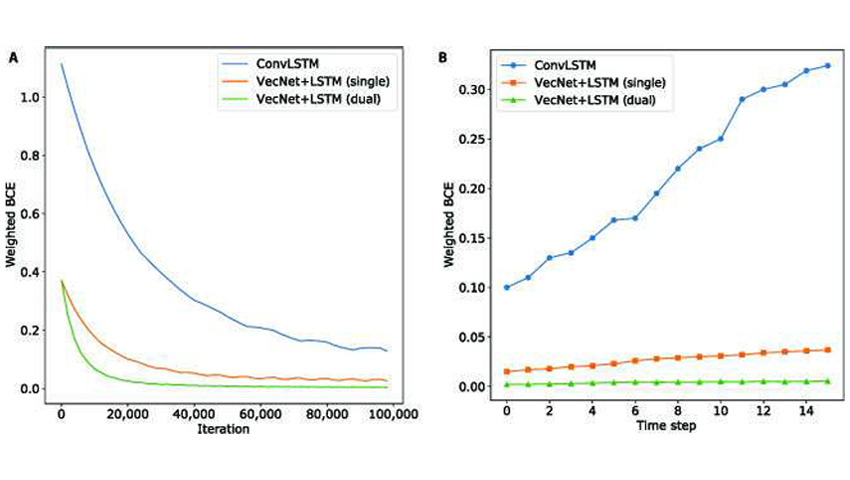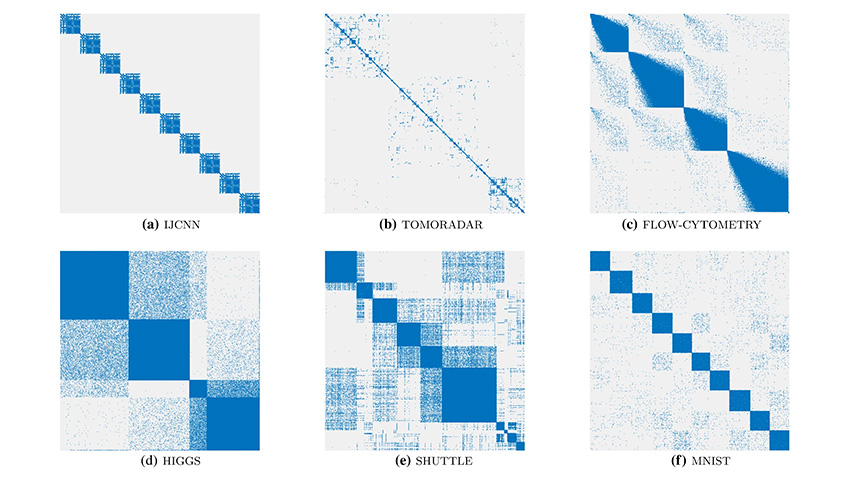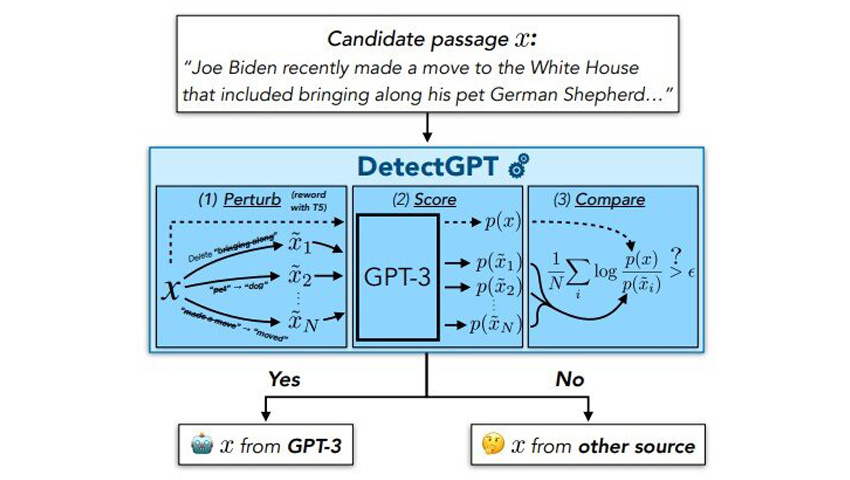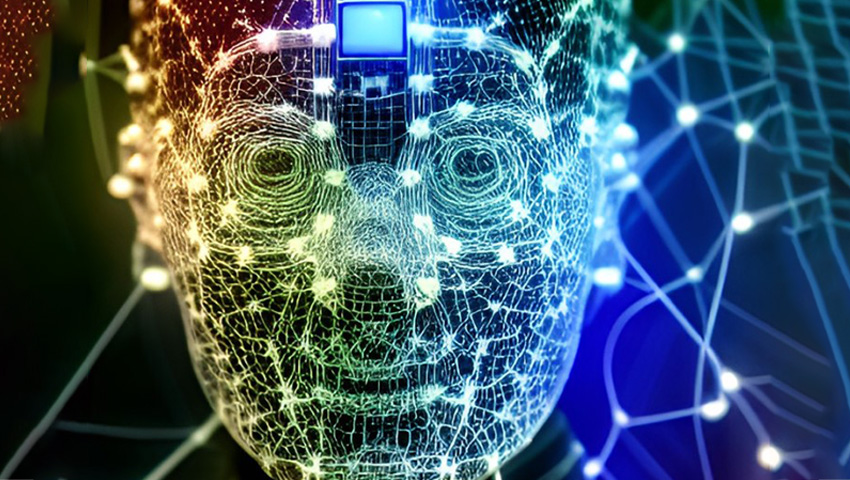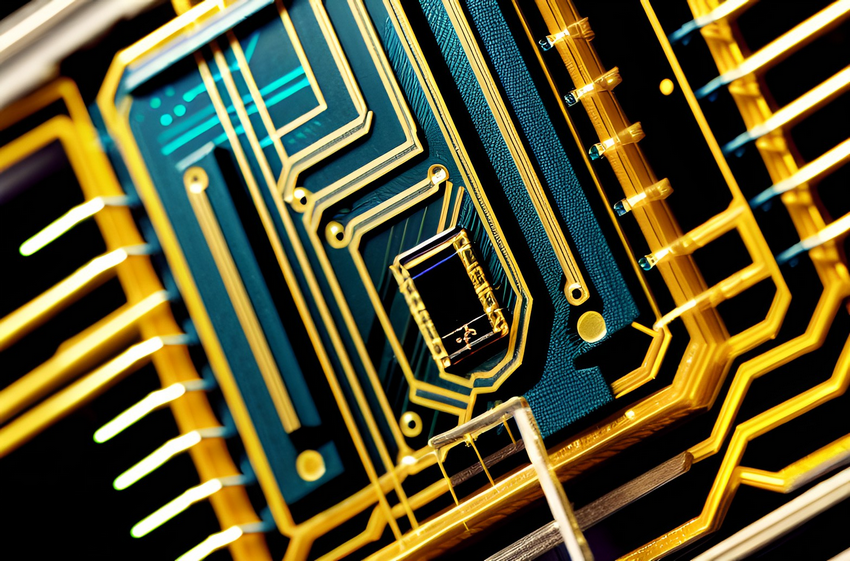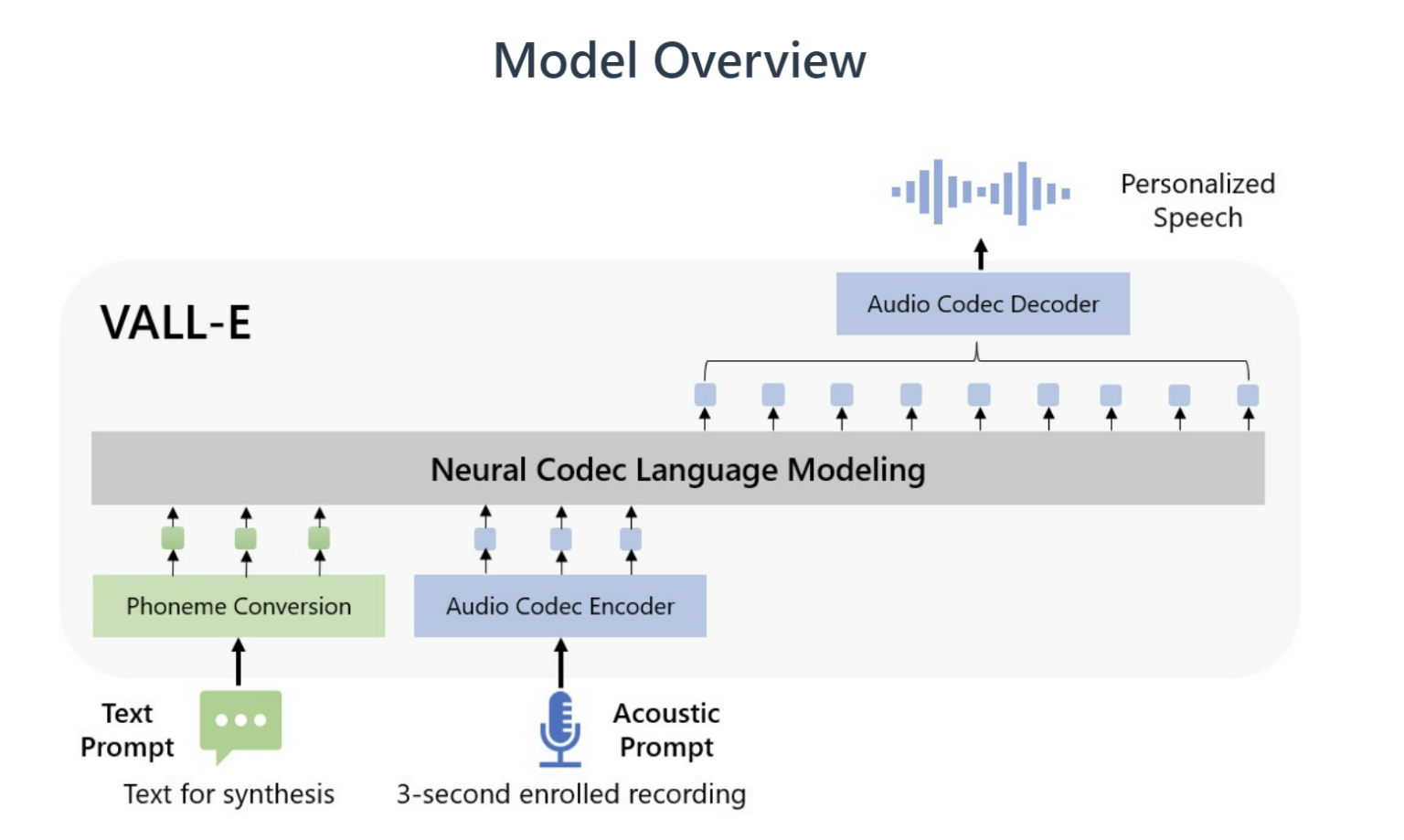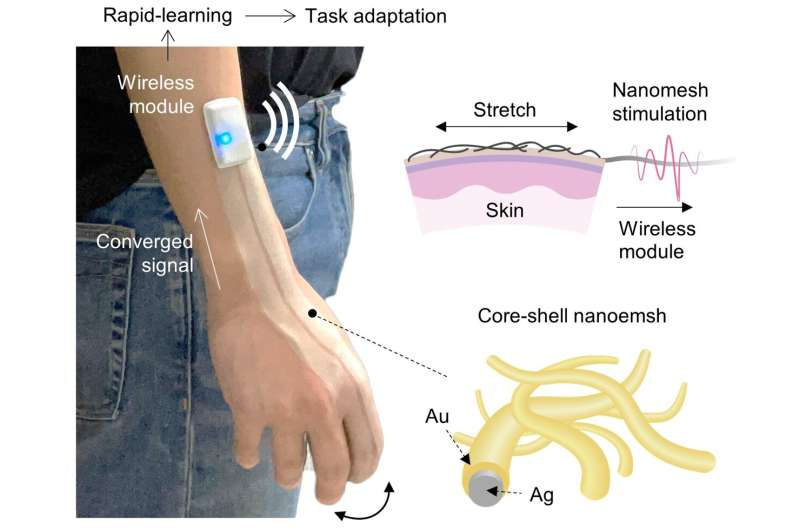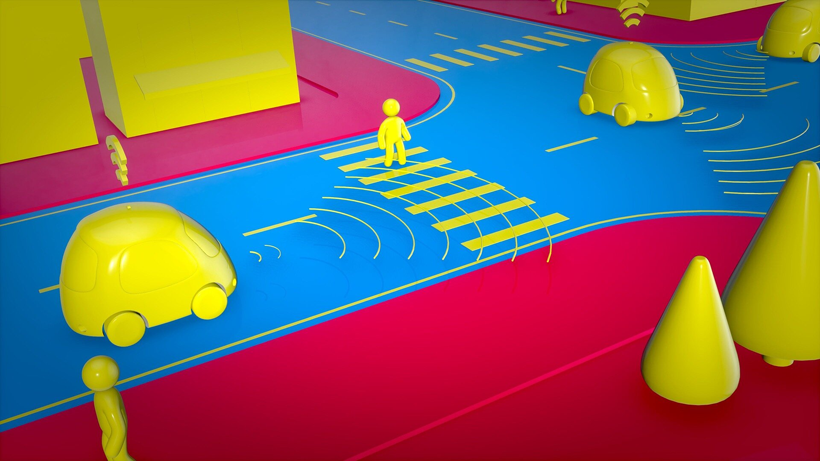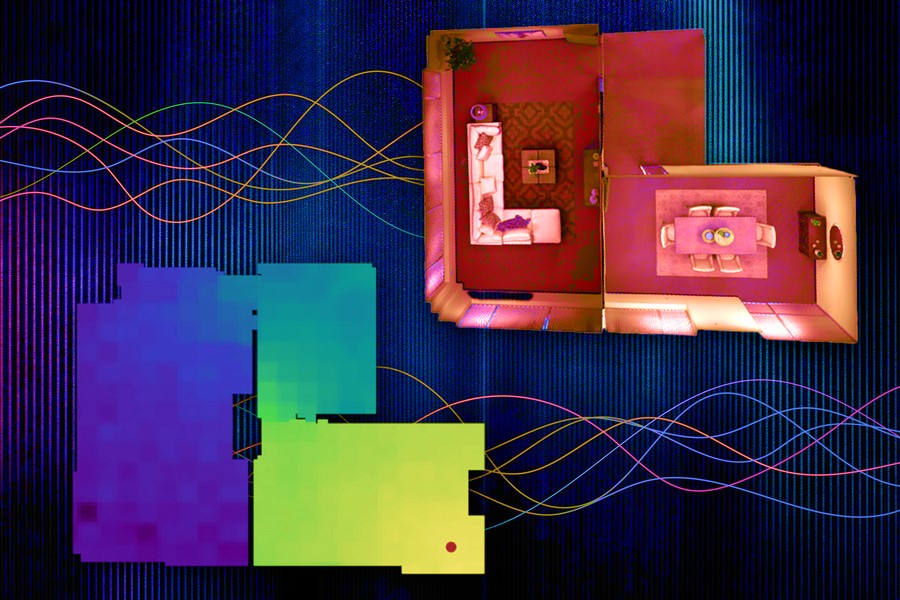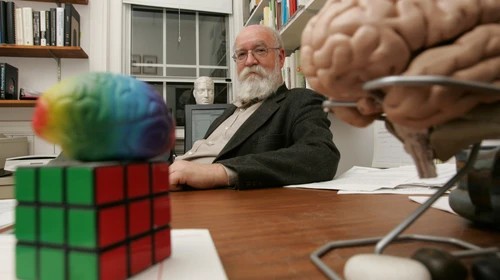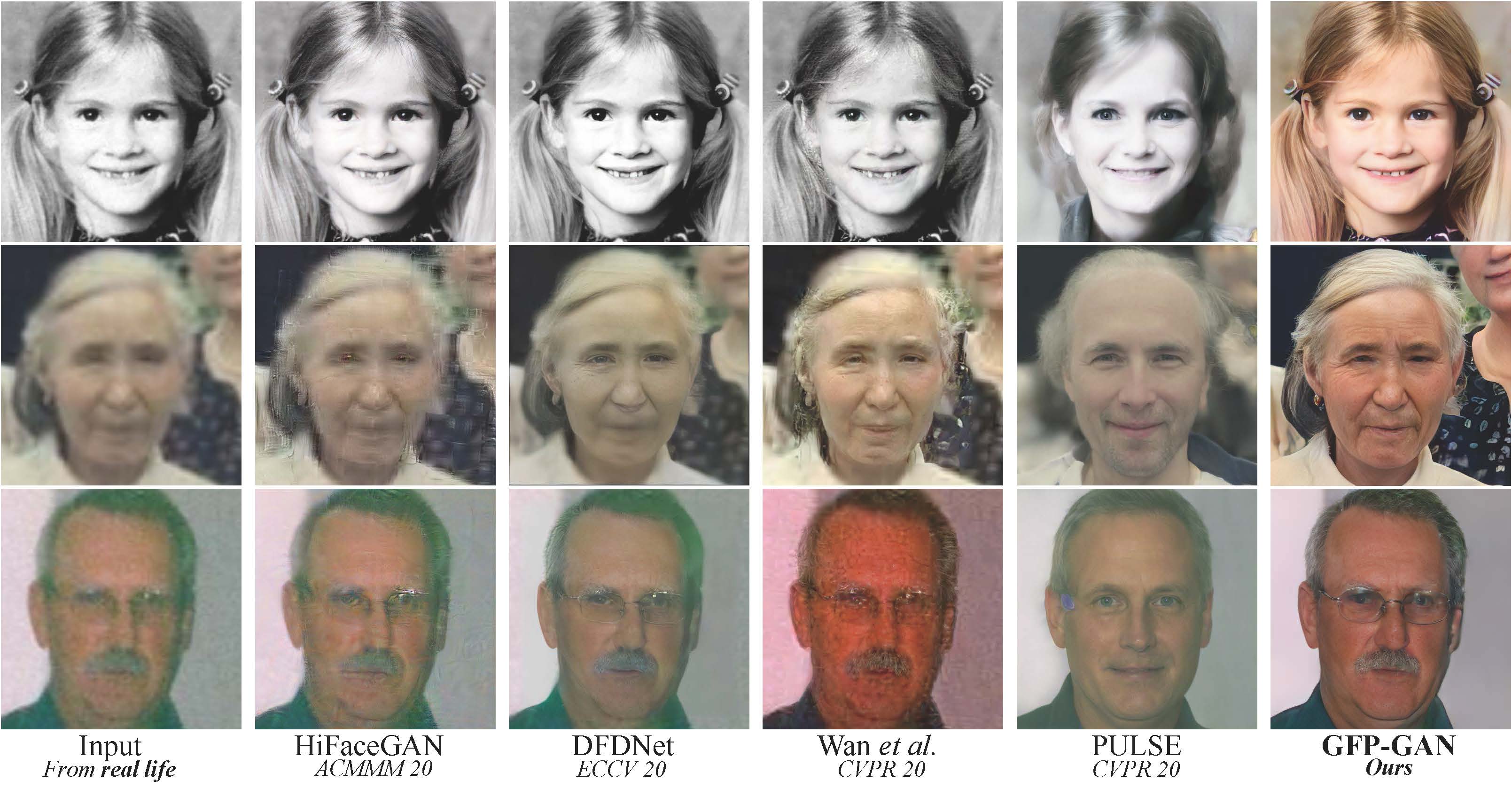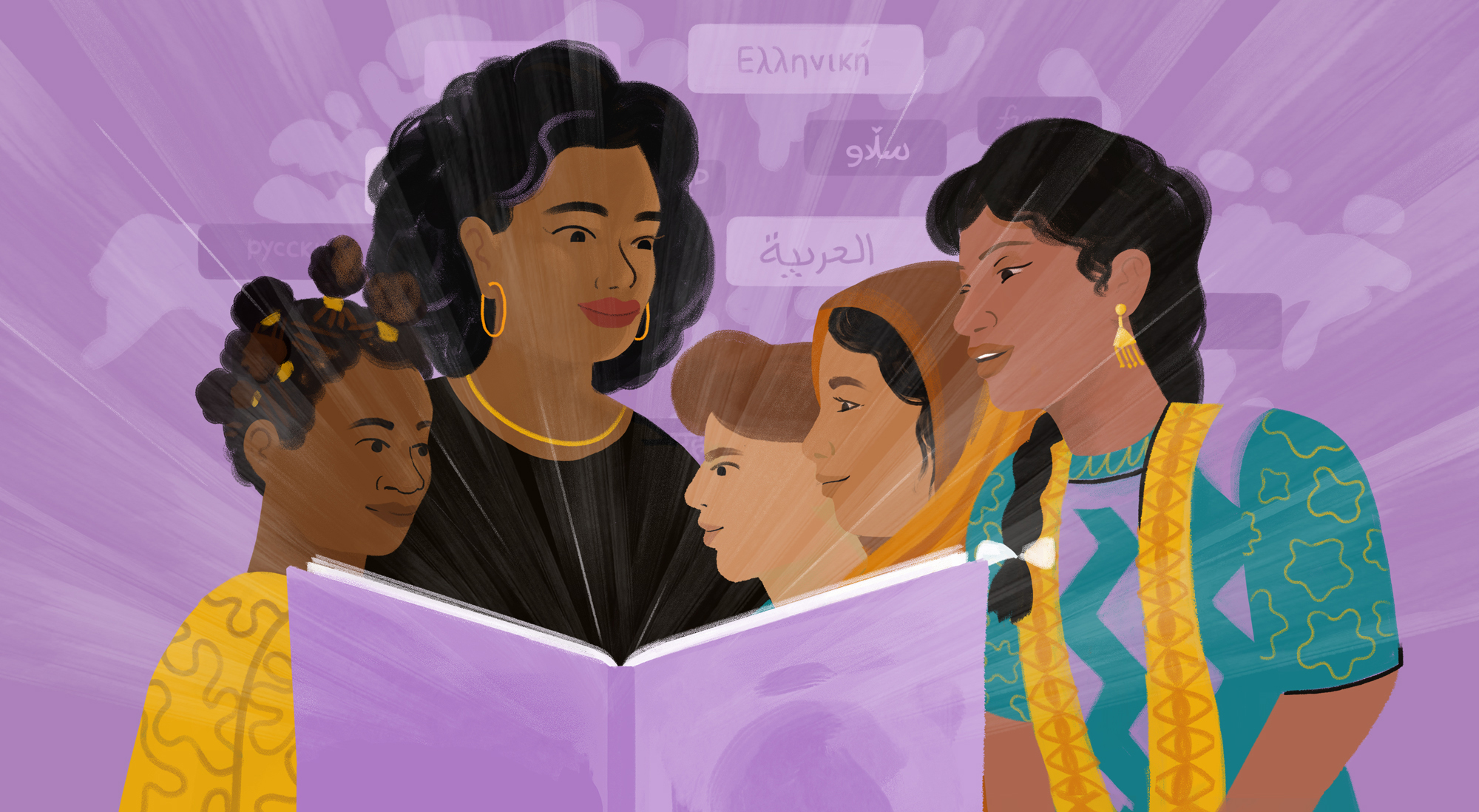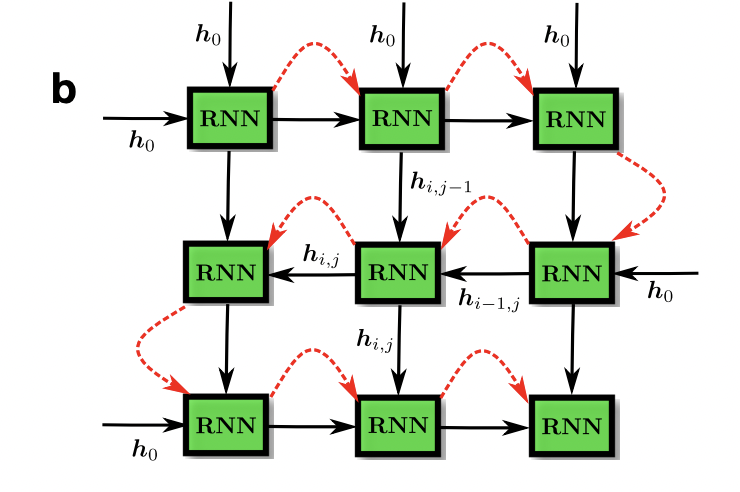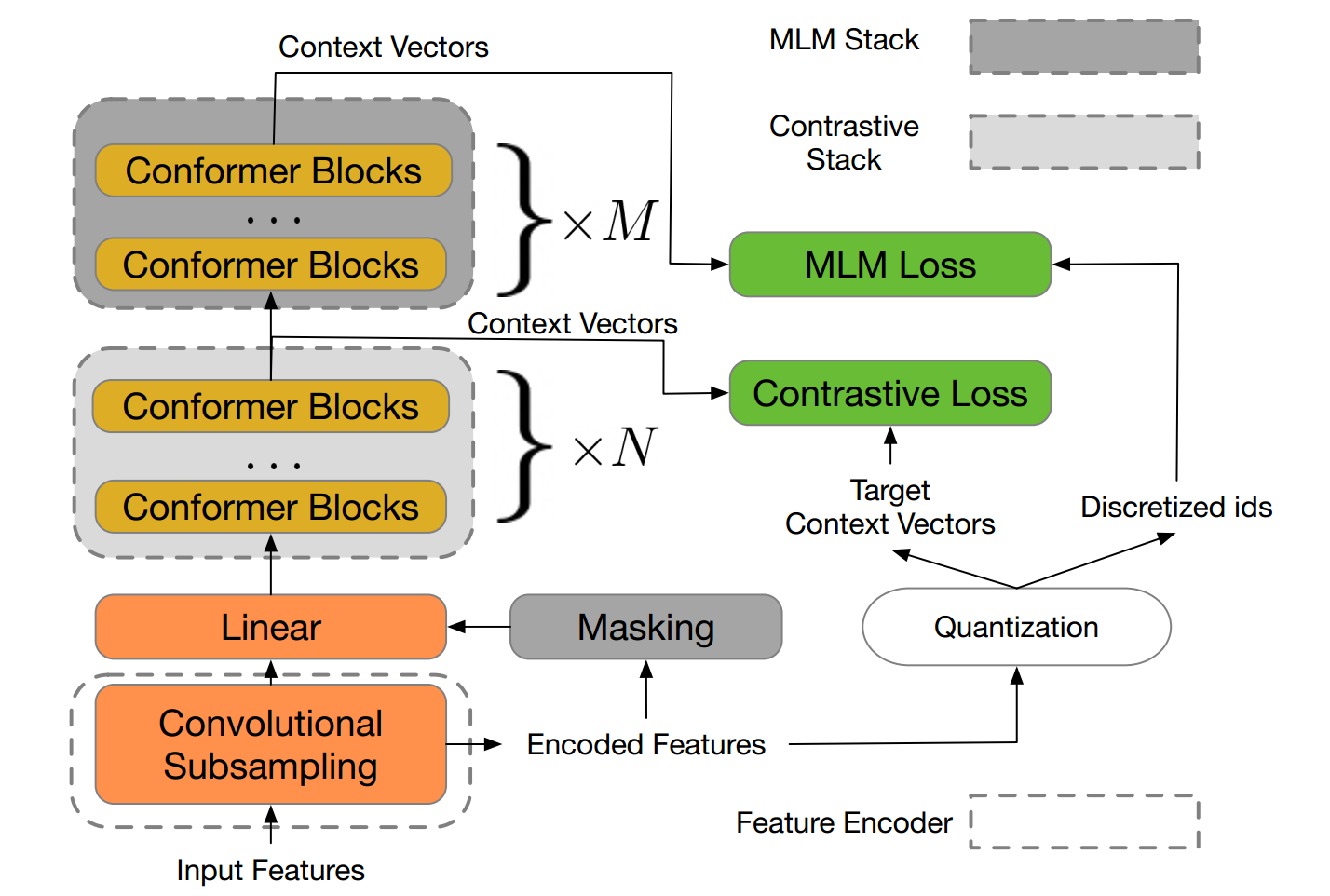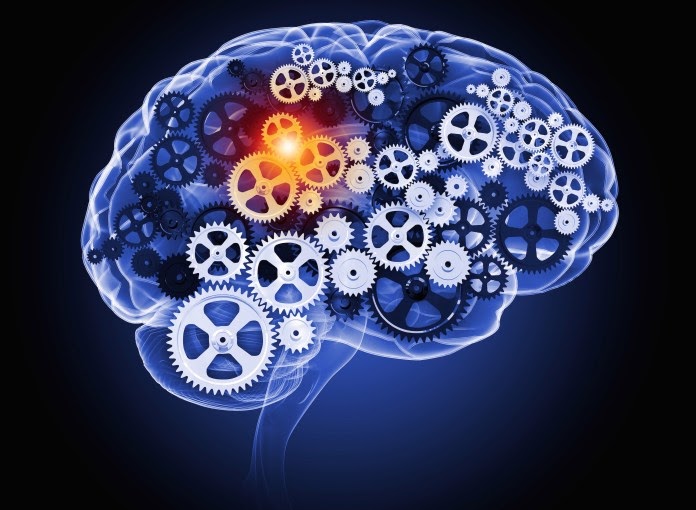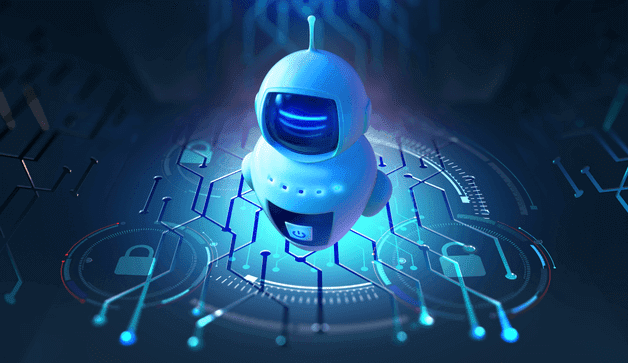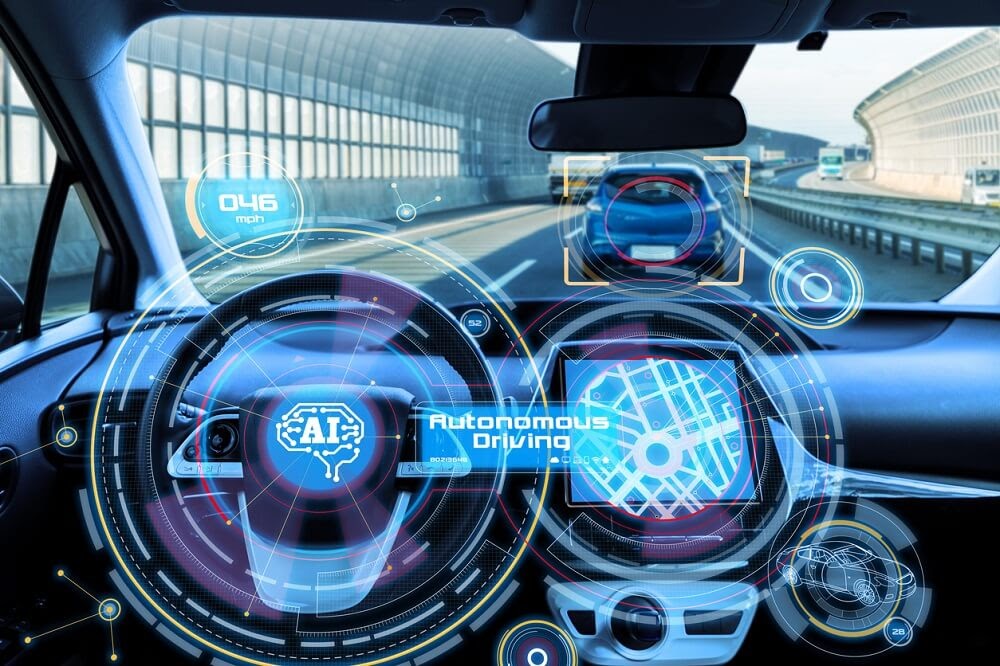Meta AI’s DINOv3 is a self-supervised vision model trained on 1.7 billion images, setting new standards in image classification, object detection, and beyond. With innovations like Gram anchoring and real-world impact from monitoring deforestation to powering NASA’s Mars exploration, it marks a paradigm shift in computer vision.
The new system enables groups of robots to act as a unified team. The MultiRobot FrameWork lets robots share real-time information about their environment, positions, and tasks, mirroring the collective behavior seen in insect colonies, but powered by advanced sensors and computation.
The new GenSeg framework significantly reduces the need for expert-labeled data and achieves high-accuracy medical image segmentation with as few as 40-50 samples. By creating realistic synthetic scans paired with exact labels, it empowers the development of advanced diagnostic tools even in data-limited settings.
A self-powered artificial synapse can mimic human color vision with 10-nanometer resolution using dye-sensitized solar cells. This technology enables energy-efficient AI systems capable of advanced color recognition and logic processing.
MIT researchers have developed CAV-MAE Sync, an AI model that learns to precisely link sounds with matching visuals in video without any labels. This technology can bring us closer to smarter AI that can see, hear, and understand the world just like humans.
ItpCtrl-AI improves X-ray diagnostics by mimicking radiologists' gaze patterns, providing interpretable heatmaps that enhance transparency and trust in AI-driven medical imaging. By filtering out irrelevant data and focusing on key diagnostic areas, the system ensures more accurate and explainable results.
The Indian Patent Office has granted a patent for the innovative landing system for mini-UAVs. This technology enables precise landings in challenging terrains and has potential applications in both military and civilian logistics, including high-altitude deliveries and emergency.
A low-cost, innovative accident avoidance system for drones uses onboard sensors and cameras to autonomously prevent mid-air collisions. This technology is crucial for UAV operations, ensuring safety and efficiency in increasingly crowded airspaces.
A new computer vision system significantly reduces energy consumption while providing real-time, realistic spatial awareness. It enhances AI systems' ability to accurately perceive 3D space – crucial for technologies like self-driving cars and UAVs.
MAIA can interpret neural networks by conducting experiments and refining its analysis, enhancing understanding of AI models. This agent can identify neuron activities, remove irrelevant features, and detect biases, making AI systems safer and more transparent.
Researchers created insect-inspired autonomous navigation strategies for tiny, lightweight robots. Tested on a 56-gram drone, the system enables it to return home after long journeys using minimal computation and memory.
Nowadays, users can create DEMs with just one click, thanks to radar satellites providing continuous, high-precision data on the Earth's surface and increasingly fast and accessible open-source software. This allows for effective monitoring of terrain changes and natural phenomena.
With the significant rise in UAV usage in recent years, concerns about their safety have also increased. In this regard, a new system has been developed that leverages computer vision and deep learning algorithms to accurately and quickly detect and track drones.
The solar-powered Zephyr drone has set world records for endurance and altitude, staying aloft for 64 days at heights of up to 75,000 feet. With applications ranging from earth observation to mobile phone base stations, Zephyr provides critical connectivity in remote areas.
Researchers from the MIT Computer Science and Artificial Intelligence Laboratory and Google Research have seemingly performed magic with their latest creation: a diffusion model that can alter the material properties of objects in images.
During the Spring Update event OpenAI’s presented GPT-4о – the unique omnimodel that integrates text, audio and image processing, allowing it to work faster and more efficiently than ever before.
Мachine "unlearning" allows generative AI to selectively forget problematic data without extensive retraining. This method can ensure compliance with legal and ethical standards while maintaining creative capabilities of image-to-image models.
MIT researchers have developed a new framework, simplifying image generation into a single step. The team enhanced existing models like Stable Diffusion, by demonstrating the new framework's ability to quickly create high-quality visual content.
Stability AI presented the latest advancement in image generative AI models – Stable Diffusion 3. Its expanded parameter range and diffusion transformer architecture ensure smooth generation of complex, high-quality images and accurate text-to-visual translation.
OpenAI's latest creation Sora crafts captivating videos, offering unparalleled realism of visual compositions. Leveraging a fusion of language understanding and video generation the model can interpret text prompts, accommodate various input modalities, and simulate dynamic camera motion.
QuData introduces an innovative AI-powered breast cancer diagnostic system. This transformative technology ensures early detection and prompt intervention, marking a significant step forward in accessible, accurate, and timely treatment with better outcomes.
The latest motion estimation method can extract long-term motion trajectories for every pixel in a frame, even in the case of fast movements and complex scenes. Learn more about the exciting technology and the future of motion analysis in this article about OmniMotion.
Recent research reveals that despite CAPTCHAs' extensive use as a defense against automation, nowadays bots outperform humans in both speed and accuracy when it comes to solving CAPTCHAs.
New research focuses on enhancing computer vision technologies by incorporating physics-based awareness into data-driven techniques. This hybrid AI-powered computer vision empowers machinery to intelligently perceive, interact, and respond to real-time environments.
The researchers used a diverse set of simple image generation programs to create a dataset for training a computer vision model. This approach can improve the performance of image classification models trained on synthetic data.
Researchers developed a new approach to motion modeling using relative position change. They evaluated the ability of deep neural networks architectures to model motion using motion recognition and prediction tasks.
Researchers designed a new AI algorithm that is designed to visualize data clusters and other macroscopic features in a way that they are as distinct, easy to observe and human-understandable as possible.
Scholars has developed DetectGPT that can distinguish AI-generated text from human-written text 95% of the time for popular open source LLMs.
Researchers have recently created a new neuromorphic computing system supporting deep belief neural networks (DBNs) - a generative and graphical class of deep learning models.
A team of scientists has developed a machine learning solution to forecast amine emissions from carbon-capture plants using experimental data from a stress test performed at an actual plant in Germany.
Scientists have developed the first bio-realistic artificial neuron that can effectively interact with real biological neurons.
Scientists presented a smart bionic finger that can create 3D maps of the internal structure of materials by touching their exterior surface.
The wireless soft e-skin can both detect and transmit the sense of touch, and form a sensory network, which opens up great possibilities for improving interactive sensory communication.
Meta AI launched LLaMA, a collection of foundation language models that can compete with or even outperform the best existing models such as GPT-3, Chinchilla and PaLM.
MusicLM is a new music generation AI that creates high-quality music based on textual descriptions in a similar way that DALL-E generates images from texts.
Scientists from the University of Michigan conducted a study of robot behavior strategies to restore trust between a bot and a human. Can such strategies fully restore trust and how effective are they after repeated errors?
A group of researchers have created a Bayesian machine, an AI approach that performs computations based on Bayes' theorem, using memristors. It is significantly more energy-efficient than existing hardware solutions, and could be used for safety-critical applications.
Using advances in artificial intelligence engineers at the University of Colorado Boulder are working on a new type of walking cane for blind or visually impaired.
Tel Aviv University researchers have achieved a technological-biological breakthrough: in response to the presence of an odor, the new biological sensor sends data that the robot is able to detect and interpret.
Text-to-speech models usually require significantly longer training samples, while VALL-E creates a much more natural-sounding synthetic voice from just a few seconds.
Researchers from Stanford University developed a new type of stretchable biocompatible material that gets sprayed on the back of the hand and can recognize its movements.
Point·E is a new system for text-conditional synthesis of 3D point clouds that first generates synthetic views and then generates colored point clouds conditioned on these views.
Self-driving cars have long been considered the next generation mode of transportation. To enable autonomous navigation of such vehicles numerous different technologies need to be implemented.
New research from the Pacific Northwest National Laboratory uses machine learning, data analysis and artificial intelligence to identify potential nuclear threats.
Researchers have discovered new ways for retailers to use AI in conjunction with in-store cameras to better understand consumer behavior and adapt store layouts to maximize sales.
Decoding speech based on brain activity has been a long-established goal of neuroscientists and clinicians. Nowdays, Meta is working on an AI model that can decode speech from noninvasive recordings of brain activity to help people after traumatic brain injury.
Look to Speak is designed to help those with motor function impairments and speech difficulties to communicate more easily. The app lets people use their eyes to select pre-written phrases and have them spoken out loud.
MIT researchers have developed a machine-learning technique that precisely collects and models the underlying acoustics of a location from just a limited number of sound recordings.
By 2050 humanity will have to almost double the global food supply to make sure that every dweller of the planet has enough food. With climate change going at increasing speed, water resources drop and arable lands erode, doing that sustainably will be a huge challenge for us.
During the last decade, one of the biggest issues in the gaming industry is the explosive growth of the AAA video games production cost. Studios are always on the look-up for technologies that could help bring down the cost of game development. Recent advances in the neural image generation models bring some hope that the realization of this dream may be not so far away.
Can computers think? Can AI models be conscious? These and similar questions often pop up in discussions of recent AI progress, achieved by natural language models GPT-3, LAMDA and other transformers. They are nonetheless still controversial and on the brink of a paradox, because there are usually many hidden assumptions and misconceptions about how the brain works and what thinking means. There is no other way, but to explicitly reveal these assumptions and then explore how the human information processing could be replicated by machines.
Now you won’t surprise anyone with filters that improve the quality of photos. But the restoration of old portraits still leaves much to be desired. Older photos tend to be too blurry, so normal image sharpening methods won't work on them.
Facebook has released the NLLB project (No Language Left Behind). The main feature of this development is the coverage of more than two hundred languages, including rare languages of African and Australian peoples. In addition, Facebook has applied a new approach to the machine learning model, where the translation is carried out directly from one language to another, without intermediate translation into English.
A group of scientists using machine learning "rediscovered" the law of universal gravitation.
Animated avatars have long become a part of our lives. But realistic modeling of closing animation still remained an open challenge.
On the one hand, modern physical modeling techniques can generate realistic clothing geometry at interactive speed. On the other hand, modeling a photorealistic appearance usually requires physical rendering, which is too expensive for interactive applications.
A group of scientists using machine learning "rediscovered" the law of universal gravitation.
To do this, they trained a "graph neural network" to simulate the dynamics of the Sun, planets and large moons of the solar system from 30 years of observations. Then they used symbolic regression to discover the analytical expression for the force law implicitly learned by the neural network.

